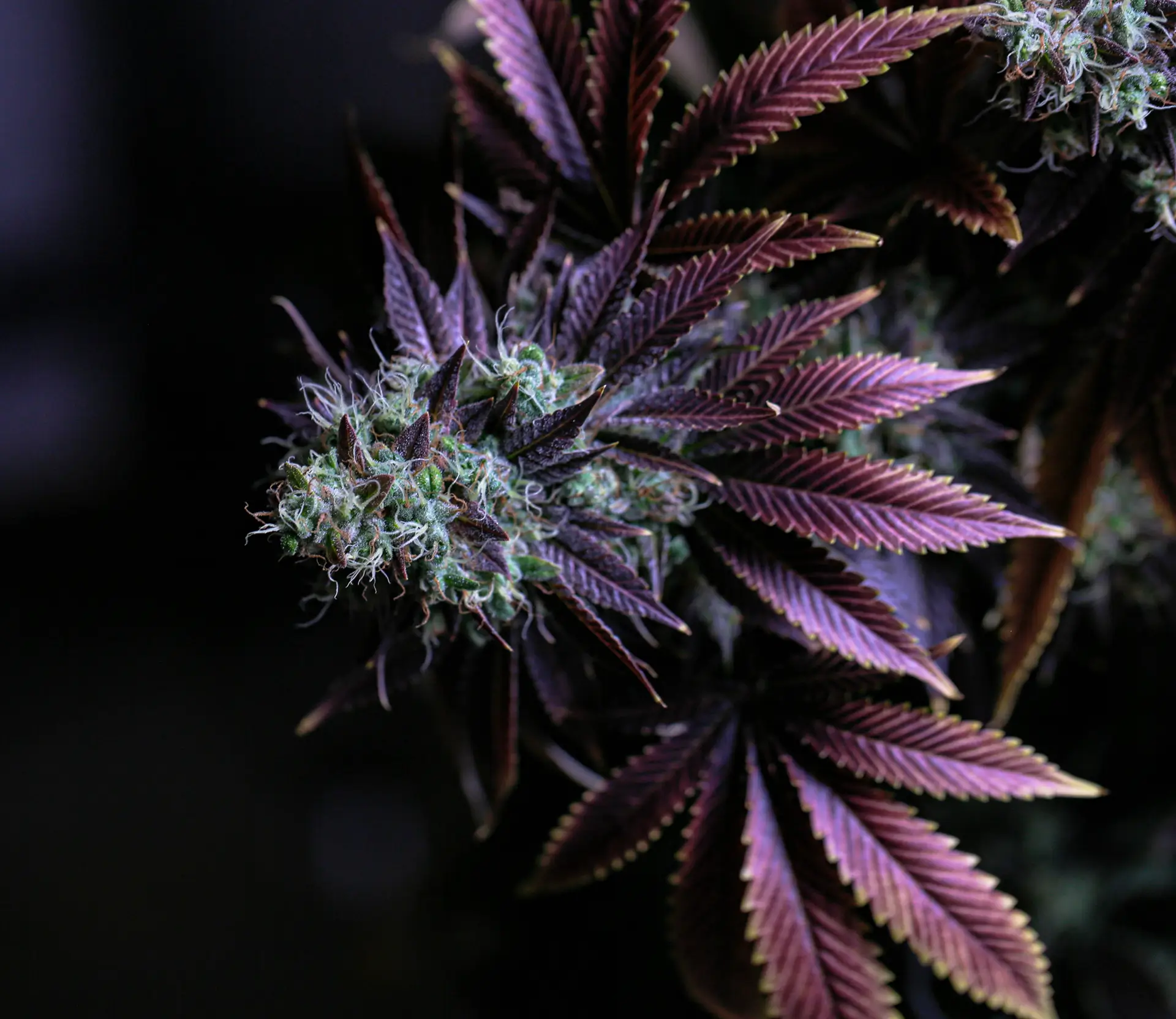

These compounds, known as endocannabinoids, play a crucial role in maintaining balance within your body. Similarly, the cannabinoids found in cannabis interact with your body to influence mood, sleep, appetite, and even pain management. With more research uncovering the medicinal benefits of cannabis, one question often arises:
The answer lies in the incredible range of cannabinoids produced by cannabis. These natural chemical compounds are responsible for the diverse ways cannabis interacts with our minds and bodies.
You may have had a smoke sesh that made you really talkative and giggly, which created a recipe for a fantastic night with friends. You might also have had an experience of taking a hit off your bong from a strain that made you fall asleep on the couch while trying to start the Lord of Rings Trilogy for the umpteenth time.
Regardless, there are many ways cannabis can affect the environment you are in and cannabinoids within cannabis can help greatly on how your body feels on a physical and/or emotional level.
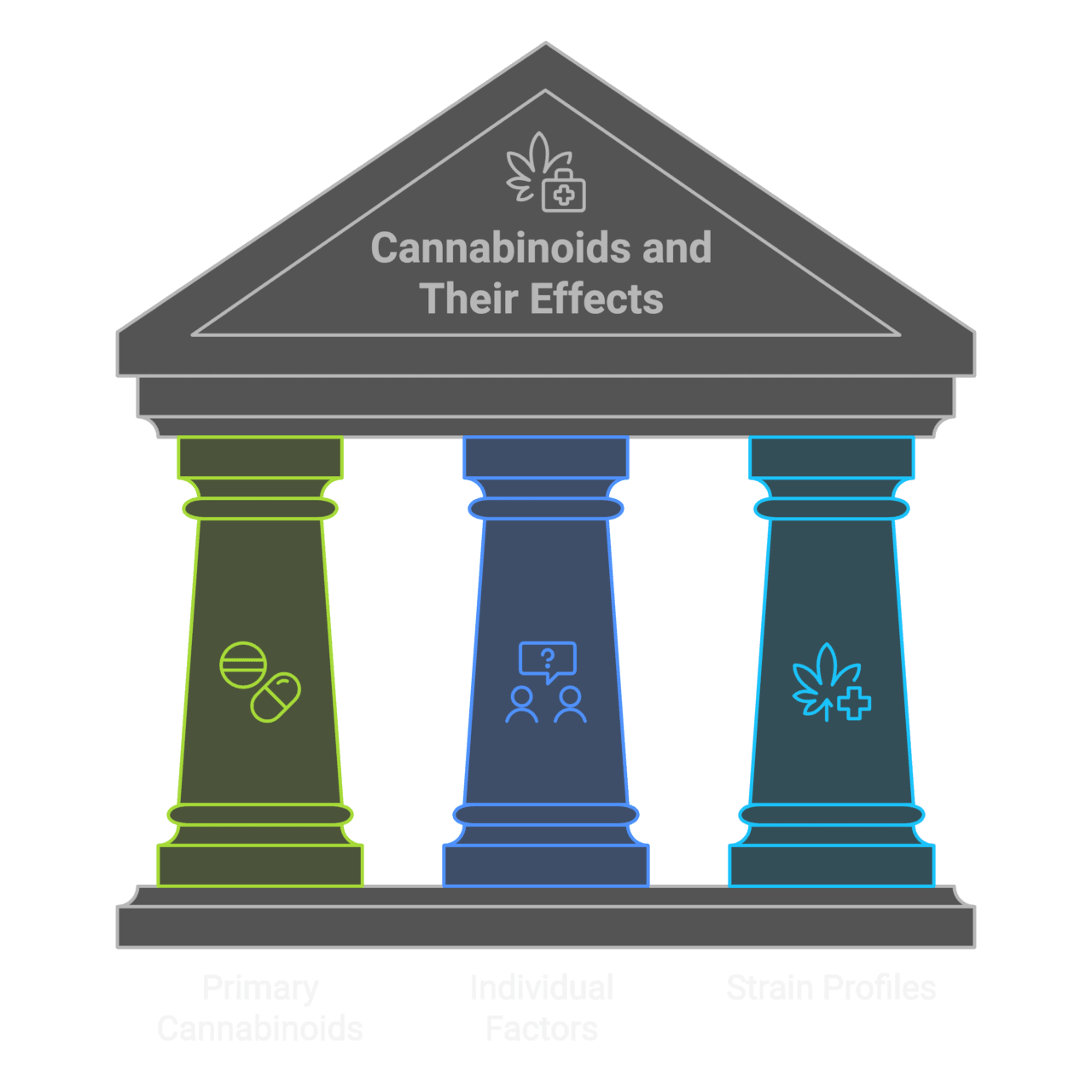
Cannabinoids are chemical compounds found in the cannabis plant. Scientists have identified between 80 and 100 different cannabinoids, each with unique properties and effects.
While our understanding of cannabis is still evolving, six primary cannabinoids stand out as the most significant due to their abundance and impact on the body. Interestingly, your experience with cannabis isn’t just about the plant—it’s also about you. Factors like your body chemistry, tolerance, and the strain’s cannabinoid profile all influence how cannabis affects you. This is why some strains make people feel energetic and social, while others encourage rest and relaxation.
Let’s take a closer look at the six most prominent cannabinoids, what they do, and why they matter:
Psychoactive: Yes
Known as the main psychoactive compound in cannabis, THC is what gives you the “high.” It’s also a powerful sleep aid and can reduce pain. Fun fact: THC can suppress REM sleep, which might explain its relaxing effects.



Cannabinoids interact with the endocannabinoid system (ECS) in your body, a network of receptors responsible for regulating mood, sleep, pain, and immune response. However, everyone’s ECS is different, which means your reaction to cannabis can vary. Here are a few factors that influence your experience:
Keeping track of the strains and products that work best for you can help optimize your cannabis experience. Try maintaining a journal to record strain names, cannabinoid percentages, and the effects you felt.
Cannabinoids are fascinating not just for their effects but also for how they evolve. During the plant’s lifecycle, CBGA (cannabigerolic acid) serves as the precursor to most cannabinoids.
Over time and exposure to heat or light, CBGA converts into THC, CBD, and other cannabinoids. This process and environmental factors, like growing conditions, determine a strain’s unique profile.
Whether you’re looking for relaxation, pain relief, or an uplifting buzz, understanding cannabinoids can help you choose the right strain for your needs. Remember: Cannabis is highly personal. What works for one person may not work for another. That’s part of the journey—and the joy—of exploring this incredible plant.